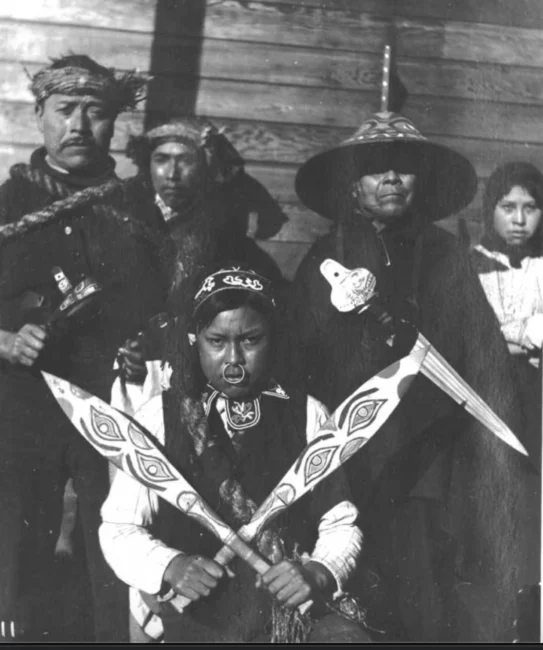A series of remembrances for former U.S. President Jimmy Carter began in Georgia on Saturday, culminating on Thursday with a national day of mourning. Carter, who died on Dec. 29 the age of 100, was known in Southeast Alaska as Nahóowoo — a name he was given when the Deisheetaan of Angoon adopted him sometime in the late 1970s.
Matthew Fred of the Daisheetan gave Carter his Lingít name. It belonged to Billy Jones, who witnessed the bombardment of Angoon by the U.S. Navy in 1882. Jones was only 13, but his account eventually became the basis for an apology the Navy secretary made to the village last October, 142 years after the bombardment.
Rosita Worl, president of the Sealaska Heritage Institute, says the Navy’s formal apology had its roots in President Carter’s efforts to bond with the people of Angoon.
“Although he was not able to do anything about their apology,” Worl said, “he was the first president, actually, that listened to their story.”
Protecting subsistence
Angoon is on Admiralty Island, or Kootznoowoo. The island’s Lingít name means Fortress of the Bear, a sacred place with the highest concentration of brown bears in the world.
In 1978, Carter used his authority under the 1906 Antiquities Act, a novel legislative tool, to designate Admiralty Island and other wilderness in Alaska as national monuments.
More protections were added when the president signed the Alaska National Interest Lands Conservation Act into law in 1980. ANILCA also doubled the size of Alaska’s national parks and refuges, classified more than 50 million acres as wilderness and created 25 wild and scenic rivers.
Conservationists hailed the legislation as one of Carter’s greatest achievements, while proponents of resource development said it locked up too much land.
Worl says Alaska Natives were caught in the middle. They wanted to develop their land but also protect it for subsistence. She says developers and conservationists both believed they had primacy over Alaska Natives, despite their long history of stewardship and ties to the land.

She said neither group understood the Lingít concept of Haa Aaní, which translates into “Our Land” but also incorporates core cultural values of reverence for the land, as well as the need to utilize it.
Worl says that’s a common theme in Alaska Native cultures that Carter appeared to understand, even though he seemed firmly planted in the conservationist’s camp.
“I believe that President Carter gained a deep appreciation and understanding of Lingít culture when he met with the Angoon Lingít traditional leaders,” Worl said. “I believe this meeting and ceremony influenced President Carter’s actions.”
The leaders, she says, were dressed in their finest regalia with crests of animals, birds and fish, which showed their close relationship to the environment and dependence on the land — a cultural experience for Carter that may have helped him recognize the need for ANILCA to address subsistence hunting and fishing rights.
“It’s not perfect,” Worl said, “but without it, we wouldn’t have had the protections we had.”
Worl says the subsistence policies outlined in ANILCA continue to be debated and litigated today, so it’s important for Alaska Natives to find new ways to protect their subsistence lifestyle.
“You have to work for your people”
Worl believes Carter’s most important legacy is the example he set as a leader, including his decades of service after his term as president.
“He cared for humanity. And he proved it by doing the work himself,” Worl said. “That’s a trait we admire.”
Worl said Carter saw leadership through the eyes of a servant, and to the Lingít, he exemplified their values.
“When a person becomes a clan leader down here, they go through a ceremony,” Worl said. “You become a leader. And then they’ll say, now you’re a worker for your people. You have to work for your people.”
Worl said Garfield George of the Deisheetaan will represent the Lingít at President Carter’s memorial service in Washington D.C. George also worked with the Navy on their apology to Angoon.
Source
#Jimmy #Carters #Alaska #legacy #Nahóowoo
